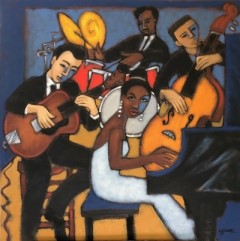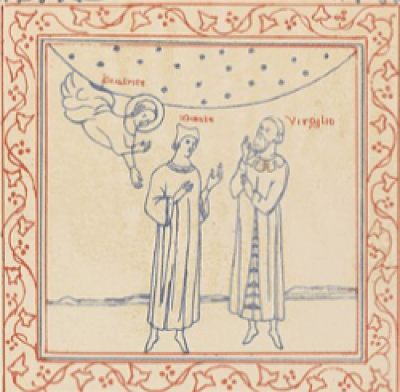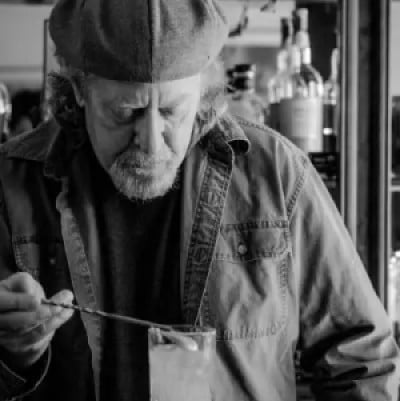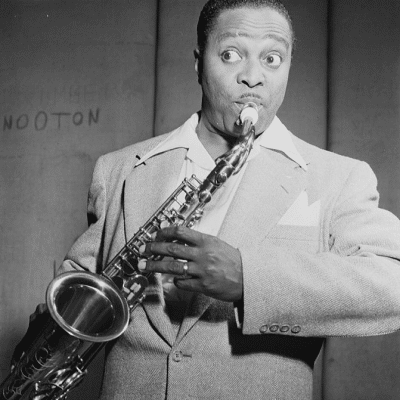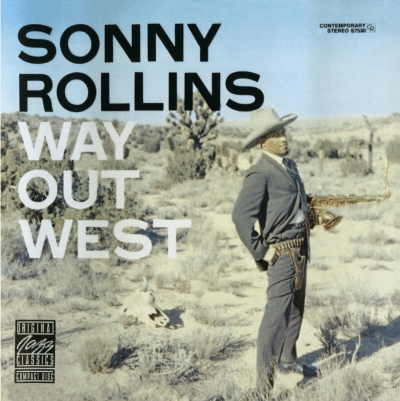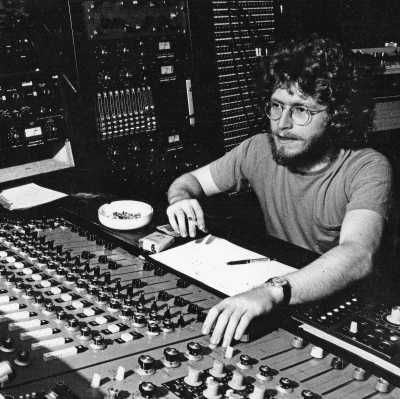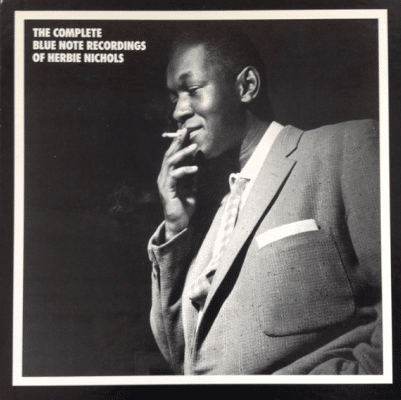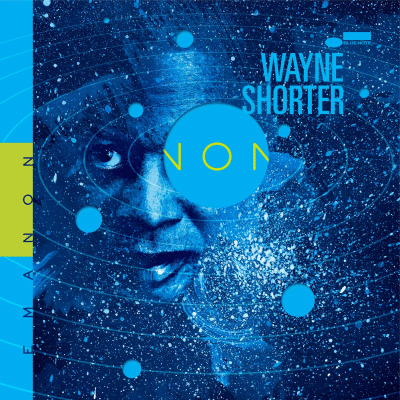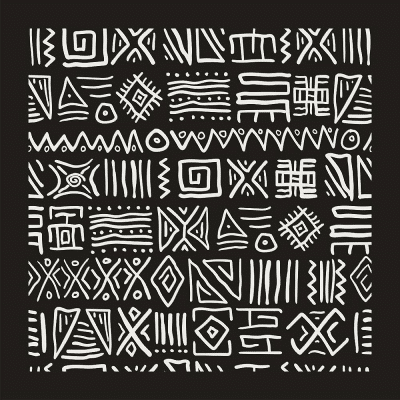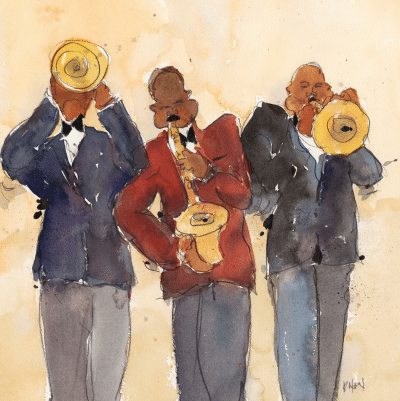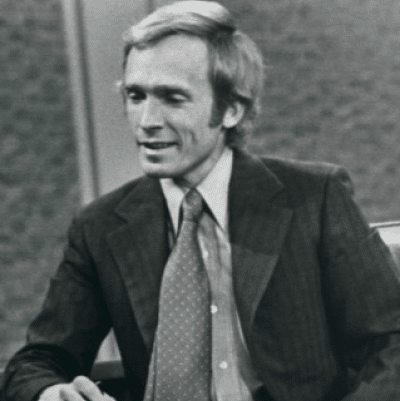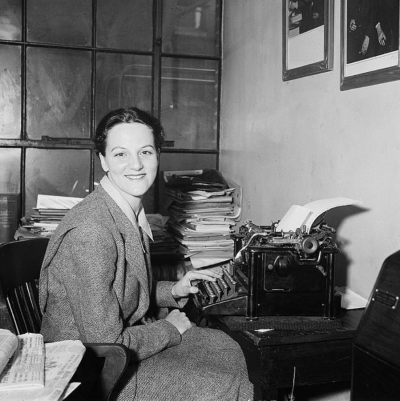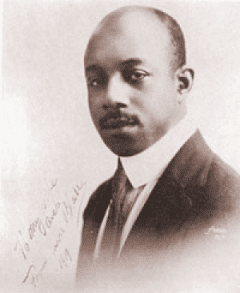Accent on Youth
by
Ted Bryan
___________________________
Ted Bryan is an eighteen-year-old Portland, Oregon resident who was co-winner of the 2006 Accent on Youth Essay Contest, as judged by jazz critic Gary Giddins, vocalist Dee Dee Bridgewater, and the publisher of Jerry Jazz Musician. His passion for and perspectives on jazz is the focus of the column.
This column was originally published April 30, 2007
__________
Writing as Jazz
___________________________
Writing as jazz, instead of about: the theme for this space: the impact of bop on the syntax and rhythm of “beat” writers.
I think it was Tristan Tzara who said of Dada, “Dada is not just now; it waits outside space and time,” or something like that; it’s this that makes the terms ‘beat’ and ‘bop,’ hard to handle. For bop, it grew so directly out of musicians like Lester Young, who were doing it in the way back (with Jo Jones as well, I’ll talk about him later) and then continued on once ‘bop’ proper arrived; beatniks had such conspicuous antecedents as Faulkner and Joyce — closer to home Kenneth Rexroth, Kenneth Patchen and William Everson (Brother Antonitus); all this posing a serious nomenclature problem: is it too much an anachronism to label Young as ‘bop,’ or Patchen as ‘beat,’ even though they may have never been given their respective dues as much as ‘during’ ‘bop,’ or ‘beat’?
But this isn’t too much of a concern for right now.
Who I’m mainly concerned with as ‘bop’: Thelonious Monk, Charles Parker and Dizzy Gillespie.
…as ‘beat’: Jack Kerouac, Allen Ginsberg, Philip Whalen, Lew Welch, and Gregory Corso.
(There are many others, conspicuous absences, in both these camps that in a longer column would belong on both lists: Fats Navarro; William Burroughs…; but not today.)
Kerouac and Charlie Parker might be considered the figureheads of both of these artistic movements. Certainly they’d be the first names off many people’s lips. So it’s fitting that they have the most in common as far as sound.
Though Kerouac did a lot of writing about jazz (a real cool passage in “Desolation Angels”; the scene in “The Subterraneans” where Parker watches Jack and his girlfriend Mardou “in the infancy of our love,”) jazz was also an integral part of his poetic generatrix. In the literary world, Faulkner et al. had already opened up the idea of the sentence as its own self-contained beast, witness this one in “The Sound and the Fury”:
“Just by imagining the clump it seemed to me that I could hear whispers secret surges smell the beating of hot blood under wild unsecret flesh watching against red eyelids the swine untethered in pairs rushing coupled into the sea and he we must just stay awake and see evil done for a little while its not always and i it doesn’t have to be even that long for a man of courage and he do you consider that courage and i yes sir don’t you and he every man is the arbiter of his own virtues whether or not you consider it courage is of more importance than the act itself than any act otherwise you could not be in earnest and i…”
That goes on for three pages! What Kerouac saw in Faulkner he then saw in Bird: a will to talk beyond conventions or a commonplace stopping point, with chops and energy. His own theory of composition threw out literary and syntactical forms (in theory, mind ye) in the search of writing through to being “relaxed and said.” Adding to a sentence like this, from “Maggie Cassady”:
“There were old women of the block who went to church every dawn, and late afternoon; and sometimes early evening; old, prayery, understanding of some thing that little children don’t understand and in their tragedy so close you’d think to the tomb you saw already their profiles sitting in rose satin the color of their rose-morns of life and expectoration but the scent of other things rising from the hearts of flowers that die at the end of autumn and we’ve thrown them over the fence.”
I can see a thousand snide English teachers and grammatical pedants snarl at their sublunar desks and computer screens-“‘Prayery’?”; Strunk and White kick under their cairns; Hemingway votaries say, “Why didn’t that (sniff) sloppy character just say, ‘Several old women on the block went to church every dawn. Sometimes they also went in the afternoon. The evening. They were so old you could imagine them laid out in their satin-lined caskets, smelling like the sweet smell of death and morticians.'” Well, Charlie Parker could’ve been succinct too but it wasn’t his style; if either Kerouac, Faulkner or Joyce wrote for the trammels of grammar they would not have been remembered.
Aside from simple flow of word-idea-image, Kerouac also picked up on the tenets of bop drumming, which was coined before ‘bop’ by aforesaid Jo Jones: drummer in the Count Basie band when Lester Young was sitting in. Jones came up with a style based on the high-hat cymbal, snare, and kick-drum. The high-hat maintains an almost constant presence; the kick drum drops in intermittently, at times on-, at times off-, beat-this was known as ‘dropping bombs’: Da-da-da, Da-da-da-POW…
From “Doctor Sax” [italics mine]:
“– Now he winds up, leisurely, looking off towards third base and beyond even as he’s rearing back to throw with an easy, short, effortless motion, no fancy dan imitations and complications and phoniness, blam , he calmly surveys the huge golden sky all sparkle-blue rearing over the hedges and iron pickets of Textile Main Field and the great Merrimac Valley high airs of heaven shining in the commercial Saturday October morning of markets and delivery men, with one look of the eye Scotty has seen that, is in fact looking toward his house on Mammoth Road, at Cow Field — blam, he’s come around and thrown his drop home, perfect strike, kid swinging, thap in the catcher’s mitt, ‘You’re out,’ end of the top of the 8th inning.”
I’ve made my Kerouac point.
***
Thelonious Monk.
I was at my piano today, trying to figure out one of Monk’s songs; and when I finally got it, one of the chords I was playing caused my sister, nearby on the couch, to shout out in anger, “AHHHH! You’re gonna turn me into a monster or something! Like Frankenstein! You’re hurting my head!” I just laughed; what I was playing was one of Monk’s favorite tricks: a “half step,” or “minor 2nd” interval — an “interval” being the musical term for the space between two notes. There are twelve musical notes — 7 ‘naturals’: A, B, C, D, E, F, G; and then five ‘sharps or flats’ (#’s or b’s): A#/Bb, C#/Db, D#/Eb, F#/Gb and G#/Ab. (Notes that have two names are called ‘enharmonics,’ don’t ask me why.) A sharp or flat is one half-step (a ‘whole step’ comprises two halves — natch) away from its corresponding natural. So, Bb on the piano is the key right next to B. As I said, Monk liked the ‘minor 2nd’ interval, the half step; he liked to play Bb and B at the same time — one of the reasons his fingers can look like they’re so flatly thwacking the piano when he plays — creating a dissonance.
A man quite knowledgeable about music and a fine piano player in his own right once said to me, “The first time I heard Monk’s music I didn’t really know what to think– and I kind of thought it was bullshit — you know, playing the intervals you aren’t supposed to play, and so forth. But then I got it — and there’s a great sense of humor to his music.” Darn straight. And what Monk was doing really was against the rules — still might be; but it was his style.
Speaking literally, a couple of writers were working with forbidden or ‘wrong’ intervals before ‘beat’ came along, though in very different ways: Gertrude Stein and William Carlos Williams. Williams’ trip was natural, American speech, which transgresses grammar rules daily; Gertrude Stein’s trip was…well…
“Curiosity and suspicion these two things are often very interesting, this one that I am now beginning describing had these very completely in him, and always when this one had these more simply in him than anyone knowing him was realizing…”
– From “The Making of Americans.”
“A purse was not green, it was not straw color, it was hardly seen and it had a use a long use and the chain, the chain was never missing, it was not misplaced, it showed that it was open, that is all that it showed.”
– “A Purse,” from, “Tender Buttons: Objects.”
The influence of these writers coupled with the influence of Monk and flowed in to such beats as Lew Welch:
“Apparently wasps
Work all their only summer at the nest,
so that new wasps work
all their only summer at the nest,
etc.”
– From “Apparently Wasps”
… Welch’s fellow Reed-grad and poet compatriot Philip Whalen:
“Overcome with frustration I sing a few songs
Ring a few bells & wish for better times.
A dim and moisture afternoon.”
– from “Song to Begin Rohatsu”
…And so forth. ‘Beat’ and ‘Bop’ happening at roughly the same time, and in the same locations, help to gild the relationship between literature and jazz music. Unfortunate in our time that both books and great jazz have become so idiomatic…with who to blame, really? It would be easy to put down the artists — “We wanted something they [white boys] couldn’t play,” I think Monk said that — “Gimme something I can read,” Kerouac — for producing ‘confusing’ art, but that seems to me like taking the easy way out. Blame the audience, the many, for not caring.
*
To read Ted’s previous column, go to the next page




